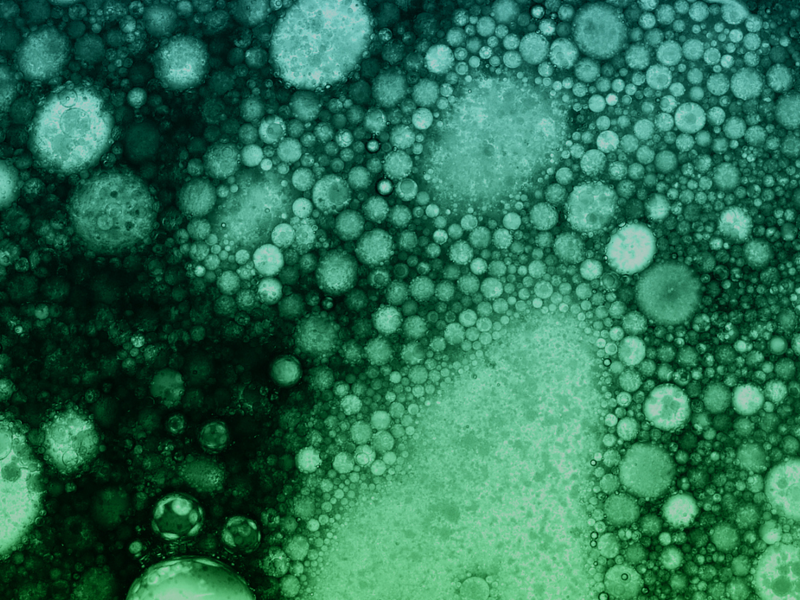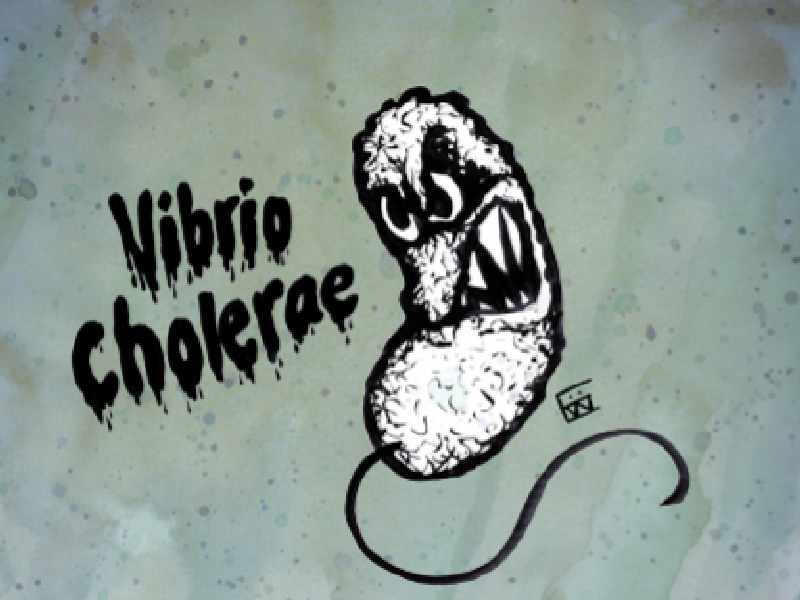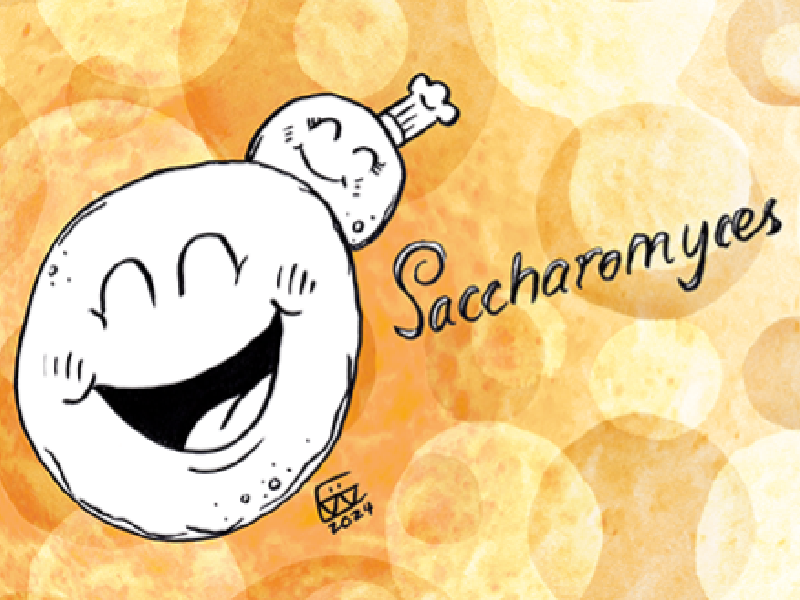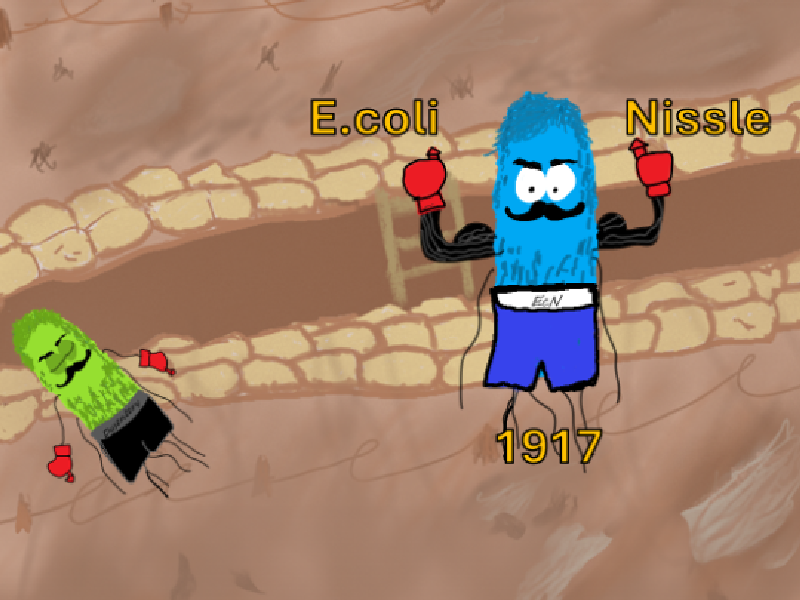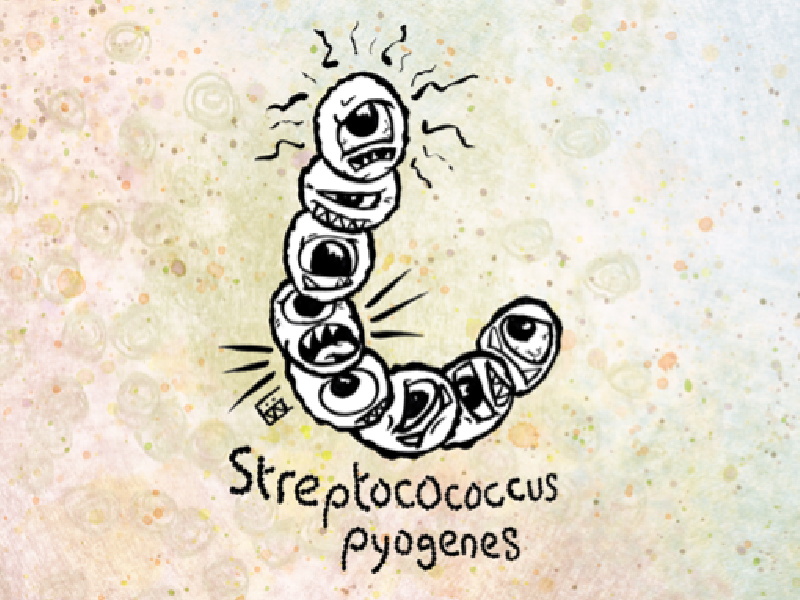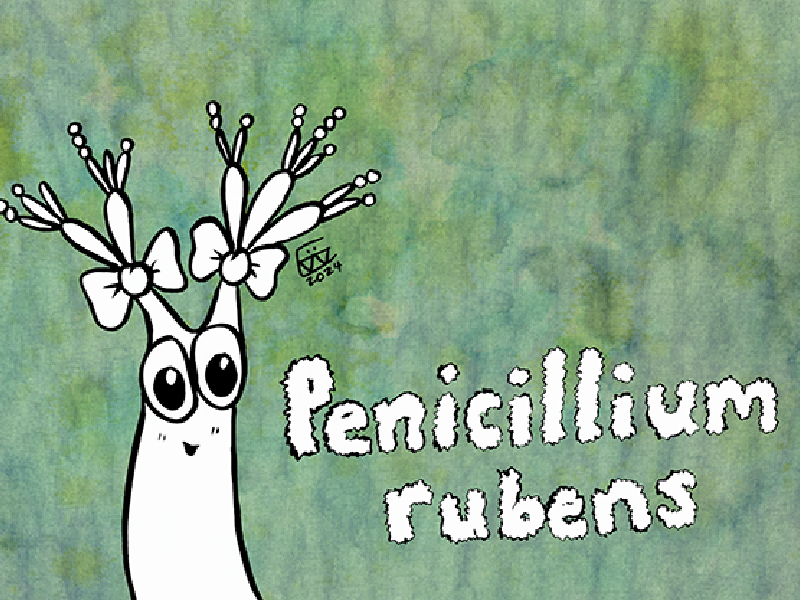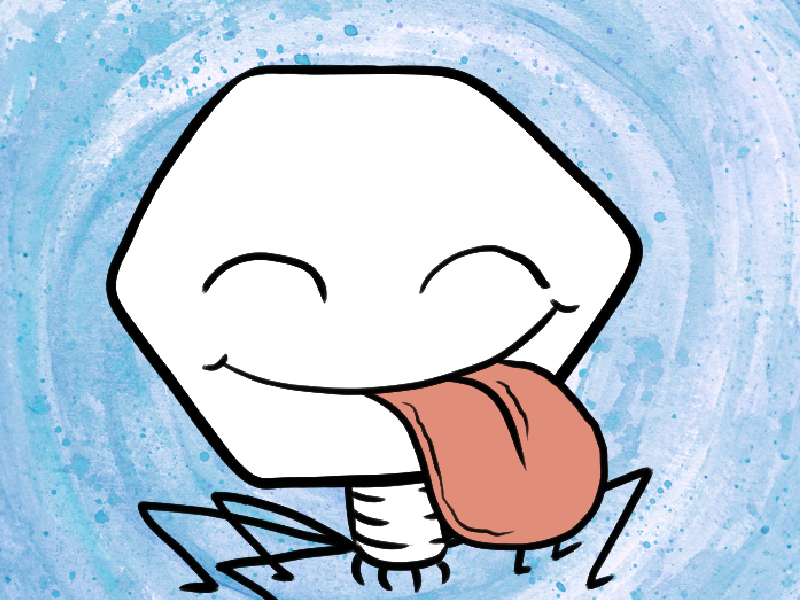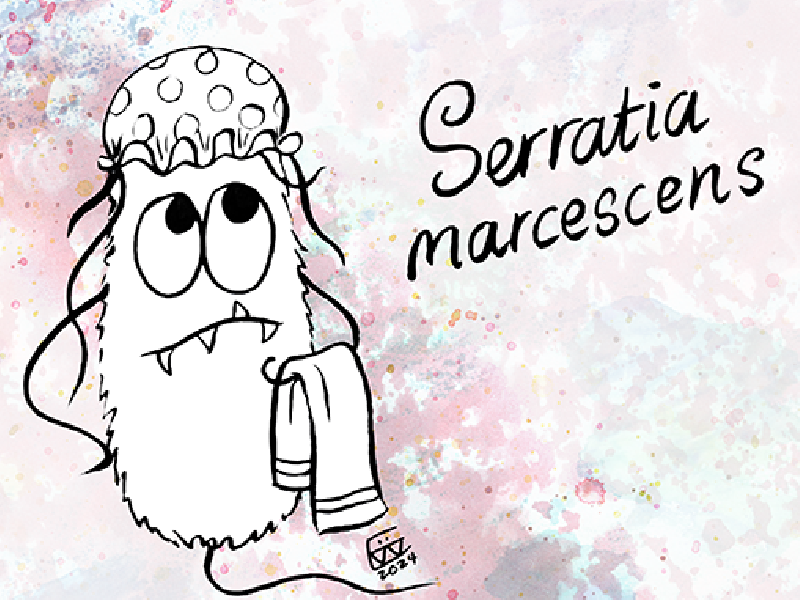Celebrating International Microorganism Day 2024 with Society Champions
Posted on September 16, 2024 by Microbiology Society
Celebrated annually on 17 September, International Microorganism Day is aimed at raising awareness of the importance of microorganisms within our daily lives. Dutch scientist, Antonie van Leeuwenhoek, made the discovery of microorganisms on 17 September 1674 – being the first to observe and describe microorganisms using a microscope. The day now provides a platform for microbe enthusiasts to commemorate the discovery of microorganisms.
This year, to celebrate these tiny organisms, which include bacteria, viruses, fungi and protozoa, a group of Society Champions have shared quotes describing their favorite microorganism. John Clark-Corrigall also designed his favourite microorganism, and Champion and illustrator, Eliza Wolfson provided a series of illustrations.
Below, you can find out more about some of our Champions favourite microorganisms.
"Rhodococcus spp. are my favourite microbes. They are actinomycetes, with > 50 species that have been identified to date. While Rhodococcus equi is pathogenic, other Rhodococci play an important role in breaking down environmental pollutants and can be applied in biotechnology e.g. bioconversion due to their unusual metabolic characteristics. Importantly as we seek new ways to recycle pollutants and waste in the environment, these microbes can potentially be highly effective tools that we can use. These microbes have also been shown to produce bioactive compounds that further highlight how useful these microbes are in the context of human health and the environment." (See slide 2, below)
Thiru Vanniasinkam (Coventry University, UK)
"Once upon a time, a Gram-negative bacterium in seawater met DNA encoding toxin-coregulated pilus (TCP). A virus/phage carrying a toxin (ctxAB) stuck to TCP, invaded and integrated into one of its two chromosomes. When swallowed, ctxAB forced the human host to produce a salty diarrhoea in which V. cholerae could swim, replicate, outcompete other bacteria and spread. Cholera! People rehydrated quickly can survive, but new DNA brings resistance to antibiotics that reduced spread and severity of disease. The wild way V. cholerae swims in stool and unusual comma shape are fascinating, but still I made vaccines to thwart it."(See slide 3, below)
Anne Bishop (Wellcome Sanger Institute, UK)
"Salmonella showcases incredible diversity, with over 2,500 serotypes identified to date! As a result, we see fascinating biological variations within this genus. Some strains have evolved clever strategies to infect humans, like the ability to hide within our macrophages to evade the immune system. In some cases, this can lead to deadly bloodstream infections! Interestingly, Salmonella isn’t just a human concern – it can be carried by a wide variety of animals including reptiles, amphibians, birds and rodents. This adaptability and survival prowess makes Salmonella a remarkable example of microbial evolution and pathogenicity. That’s why Salmonella is my favourite microbe!" (See slide 4, below)
Aisling Brady (University of Liverpool, UK)
"My favorite microbe is yeast. Its ability to transform simple sugars into alcohol and carbon dioxide through fermentation is nothing short of magical. Yeast is not only essential in baking and brewing but also in scientific research, highlighting its versatility and importance in culinary arts. It's also vital in biotechnology for its role in producing biofuels and pharmaceuticals, due to its simple genetics and rapid growth." (See slide 5, below)
Eniola Oni (Federal University of Agriculture Abeokuta, Nigeria)
"A superhero origin story, for a probiotic bug. In 1917, during World War I on the western front many soldiers were becoming ill with dysentery, caused by Shigella bacteria, one soldier did not!
A German doctor called Alfred Nissle, thought the reason was the healthy soldier’s gut bacteria, so isolated from the soldier’s stool sample a wonder bug! It turned out E.coli Nissle 1917 had antagonistic effects against a number of pathogenic bacteria. How cool is that?!
It also smells good and the various roles within the literature, wild or engineered, make E.coli Nissle 1917 a champion!" (See slide 6, below)
John Clark-Corrigall (Newcastle University, UK)
"Streptococcus pyogenes, my favorite microbe, showcases the fascinating duality of nature. Its remarkable ability to both coexist with and challenge the human body, causing a spectrum of diseases from mild strep throat to life-threatening conditions like necrotising fasciitis, coupled with intricate cleverness and complex strategies to evade the immune system, highlights the importance of understanding microbial pathogenicity. On International Microorganism Day, we celebrate the scientific advancements and insights driven by the study of S. pyogenes, which propel our quest for better treatments and vaccines." (See slide 7, below)
Sara Albagir Abdalla (University of Khartoum, Sudan)
"Penicillium rubens is my favourite microorganism. It takes the favourite place in my heart as discovery of the world’s first broadly effective antibiotic substance. ‘Penicillin’ from Penicillium rubens marked the beginning of an era of antibiotic production and treatment to patients with all types of bacterial infections.
For the discovery of this novel chemical with the antibiotic nature, Sir Alexander Fleming was awarded the Nobel Prize in Physiology or Medicine and was also known as the ‘father of Microbiology’.
My first job as a qualified microbiologist was working for production of antibiotic ‘Penicillin G’ by large scale fermentation!" (See slide 8, below)
Vaishali Bhanushali (Synthomer Limited, UK)
"Pseudomonas aeruginosa is an opportunistic bacterium with antibiotic resistant genes and the ability to acquire resistance genes from other bacteria. It is a significant adversary in the battle for human health." (See slide 9, below)
Bamidele Odumosu (University of Lagos, Nigeria)
"Solirubrobacter has been acknowledged as a common soil bacterium but we never took the time to explore its diversity and study its functions. Recent studies have shown that Solirubrobacter likes to inhabit a wide variety of soils and roots, but the role it plays in these environments still needs further research. It is remarkable that something so abundant and common has stayed out of our spotlight. There is still much to discover!" (See slide 10, below)
Angélica M. Jara (National Autonomous University of Mexico, Mexico)
"Viruses: villains that save lives? What comes to mind when you hear the word viruses? Deadly illnesses? COVID-19? Ebola?
It's true that viruses can cause fatal outbreaks. However, there's a unique class of viruses known as bacteriophages, my favourite microbes. These viruses can be utilised to cure bacterial illnesses, including resistant ones, because they consume bacteria!
Fantastic, huh? Right now, thank a phage scientist! Happy International Microorganism Day!" (See slide 11, below)
Damilola Adesuyi (One Health and Development Initiative, Nigeria)
"I've recently discovered how extremely fascinating the ‘miracle bacterium’ is, Serratia marcescens. It popped up in history in mysterious ways and unexpected places, and of course its bloody colouration played a role in superstitions and prophecies before a biological origin could be determined. The ‘miracle bacterium’ indeed achieved prodigious stuff. It's the first bacterium to have been grown as pure colonies (by Bartolomeo Bizio) decades before Koch's plating technique and agar's introduction to the life sciences by Fanny Angelina Hesse, and one of the first pigmented microbes to be used by Alexander Fleming when he invented agar art." (See slide 12, below)
Corrado Nai (Indonesia)
International Microorganism Day Illustrations
Image credits: slide 1 by Suzanne Bainton; slides 2–5 by Eliza Wolfson; slide 6 by John Clark-Corrigall; slides 7–12 by Eliza Wolfson.
If you would like to get involved and become a Microbiology Society Champion or take part in other various opportunities, have a look at our Get Involved page. Alternatively, you can email us via [email protected].

